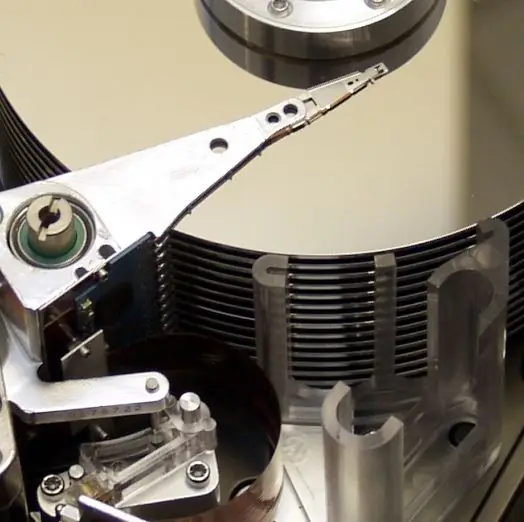A driver is a set of files compiled into a program for a specific device. This program, when properly installed and in accordance with the manufacturer and model of the device for which the driver is intended, provides Microsoft Windows access to the device. Without drivers, most modern devices are not recognized by Windows.

Instructions
Step 1
In some situations, for example, when removing an internal device or when two devices of the same function are in conflict, as well as when updating drivers, you need to remove the old driver for this hardware from the operating system.
Removal of drivers occurs in the device control manager. To enter the device manager, launch the "Control Panel" through the main menu "Start" or in the "My Computer" folder. Select the "small icons" or "large icons" view mode in the control panel window that appears and select "Device Manager" from the shortcuts offered for launching.
Step 2
In Device Manager, to make it easier to navigate the hardware, all devices are organized by category. In the dispatcher that appears, select the device whose drivers you want to remove permanently, for example, the video card is located in the "Video adapters" category. Now right-click on the device and select Properties from the context menu.
Step 3
In the properties window that appears, go to the "Driver" tab and click the bottom "Remove" button. Dialog boxes may appear on the screen depending on the device for which you are uninstalling the drivers. When prompted on the screen to confirm the complete removal of the driver, click "Yes" or "OK".






